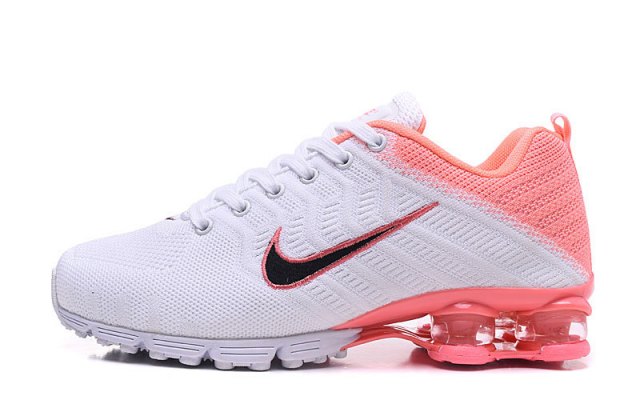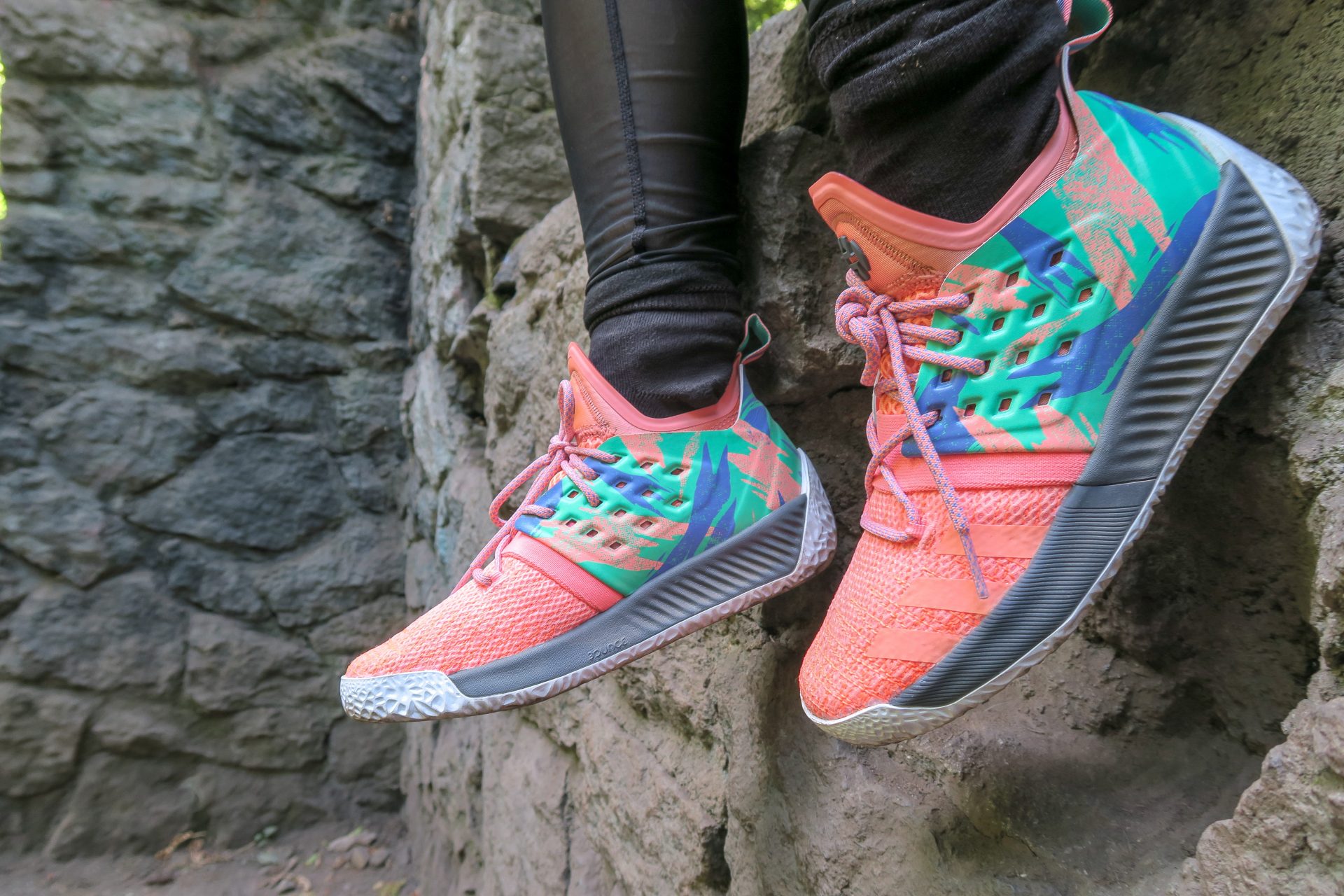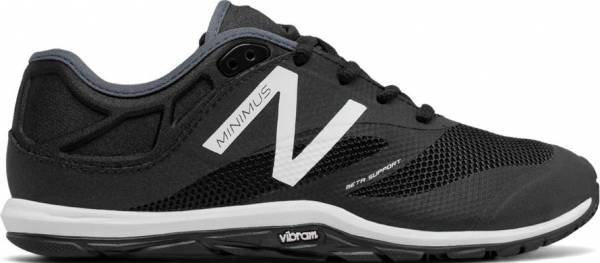Quick question for you…
Are you wearing the same shoes you walk/run in to lift weights at the gym?
If the answer is yes, then you might be doing more harm than good!
This topic comes up quite a bit in the gym, so I wanted to send out a quick “PSA” to break down the difference between shoes you should be wearing for Cardio/Running Vs. Weight Lifting.
 **Spoiler Alert** You should NOT be wearing the latest, greatest…squishy…shock-absorbing… thick-soled….cloud-like sneaker to do your deadlifts and squats at the gym (no matter how comfortable they are to wear).
**Spoiler Alert** You should NOT be wearing the latest, greatest…squishy…shock-absorbing… thick-soled….cloud-like sneaker to do your deadlifts and squats at the gym (no matter how comfortable they are to wear).
Here’s why…
Running shoes are typically “cushiony” and have a strong arch support. For running/walking this is great, as it allows the body to withstand the repetitive compression it takes during these activities without compromising form as the body fatigues.
If you ARE a runner/jogger/long-distance walker, then I would recommend making a good investment in a shoe that fits YOU well, especially if you are experiencing discomfort during and immediately following a run. From a personal experience with shin splints (which are THE worst), finding a shoe that agrees well with the structure of your foot can be a GAME CHANGER!
If you are unsure of where to start, it’s a great idea to check out a store with trained employees that can assist you with that process. In our area we have stores such as Fit to Run and Happy Feet (neither of which are getting a kick-back from this :-P) that can help analyze your foot and determine to best shoe for you!
 NOW, back to WEIGHT-LIFTING (my area of expertise)…
NOW, back to WEIGHT-LIFTING (my area of expertise)…
As I was saying earlier, “cushiony” shoes are not the greatest choice for weight lifting and can even result in injury. A softer/springy shoe and high arch support will result in decreased stability. (Try standing on one leg on hard floor for 30 seconds…then try standing on a pillow for 30 seconds…You’ll get my point 😉 )
 When you’re lifting weights you want a flat, sturdy surface on your shoe so you can balance and create power. A thinner sole also allows you to better “drive through the heel” in lower body lifts to prevent unnecessary pressure on the knees. This is why shoes with thinner soles and less arch support actually function WAY better for strength training. Think of “Converse/Chuck Taylor” shoes for example. While of course you would never take a sweet new pair of converses for a 4 mile run, they are actually a very common/popular shoe among weightlifters due to their flat, sturdy stoles.
When you’re lifting weights you want a flat, sturdy surface on your shoe so you can balance and create power. A thinner sole also allows you to better “drive through the heel” in lower body lifts to prevent unnecessary pressure on the knees. This is why shoes with thinner soles and less arch support actually function WAY better for strength training. Think of “Converse/Chuck Taylor” shoes for example. While of course you would never take a sweet new pair of converses for a 4 mile run, they are actually a very common/popular shoe among weightlifters due to their flat, sturdy stoles.
Unless you are a full-blown power-lifter (who actually wear a shoe built for power-lifting), you most likely can get away a with a shoe such as a “cross-trainer”, or even a thin-soled shoe that might even still be marketed to “runners”. Most reputable shoe companies (such an Nike, Adidas, and Under Armour) have plenty of shoe options that will fit the bill for “flat enough” for lifting in the gym, but still offer enough support to safely perform more dynamic exercises such as walking lunges or jumping.
Just remember, if they have “shocks”, gel, or a thick, springy surface – Save them for running!
Moral of the Story = Make the investment in a GOOD pair of shoes for your sport. If you run AND lift, then you will need a proper pair to dedicate to each sport.(You wouldn’t bowl in cleats right?) A good shoe can make you BETTER at your sport, AND improve your longevity – That’s a Win-Win!
If you have any questions about your current gym shoes, or need help deciding on a new pair I’m always happy to offer my expert shopping opinion! 😉
Have a great day!
Contact Us!
Mara Gamble (owner)
Email – [email protected]
Direct Line – 239-398-9848



Recent Comments